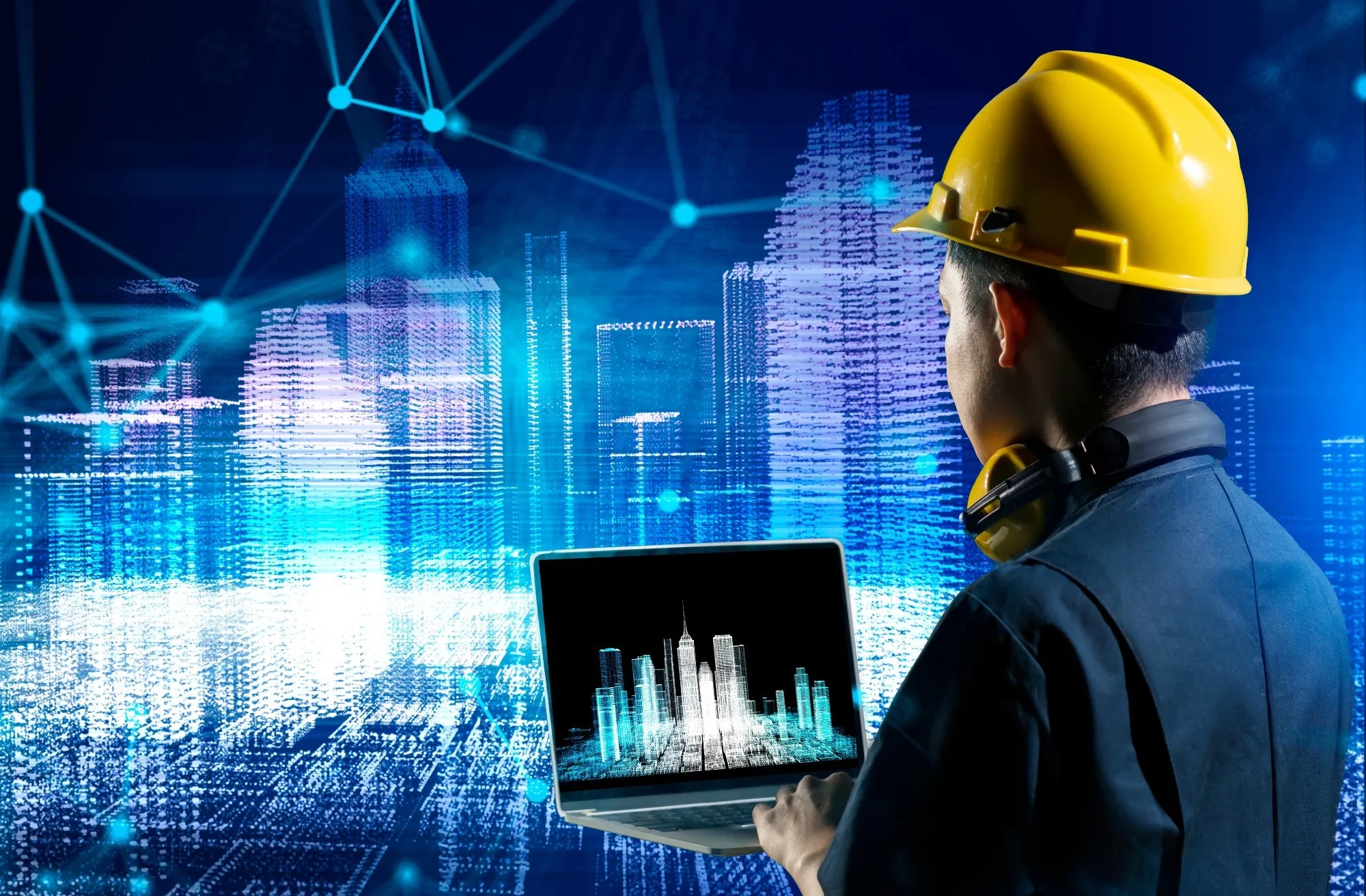Deep Learning and Building Risk Assessment: Transforming Analysis with CNNs

Revolutionary Impact of Deep Learning on Risk Assessment
Deep learning has emerged as a transformative technology in various fields, including building risk assessment. This innovative approach utilizes convolutional neural networks (CNNs) to automate the classification process of critical building characteristics, thereby enhancing the speed and accuracy of evaluations.
Key Benefits of Utilizing CNNs
- Increased Accuracy: Deep learning significantly reduces human error.
- Enhanced Efficiency: Automation speeds up the classification process.
- Comprehensive Data Analysis: CNNs can analyze vast datasets, revealing insights that traditional methods may overlook.
As tech continues to evolve, the integration of deep learning in risk assessment represents a significant advancement in ensuring safer built environments.
This article was prepared using information from open sources in accordance with the principles of Ethical Policy. The editorial team is not responsible for absolute accuracy, as it relies on data from the sources referenced.